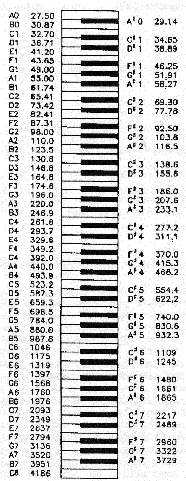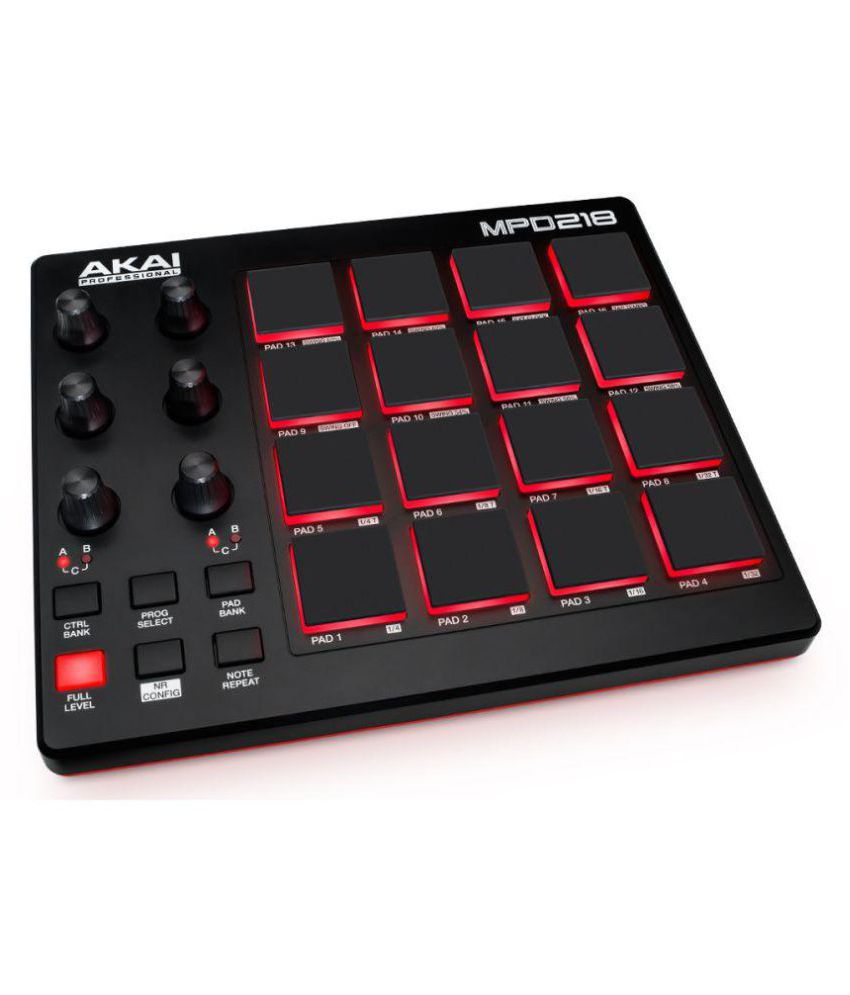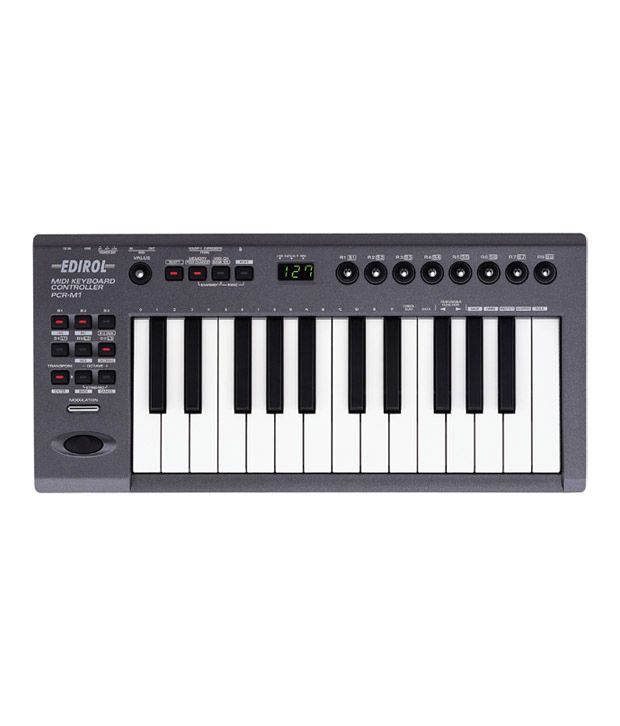

- MAXIMUM MIDI NOTE NUMBER PATCH
- MAXIMUM MIDI NOTE NUMBER SOFTWARE
- MAXIMUM MIDI NOTE NUMBER PROFESSIONAL
98 FX 2 ( soundtrack, a bright perfect fifth pad).89 Pad 1 ( new age or fantasia, a warm pad stacked with a bell).85 Lead 5 ( charang, a guitar-like lead).6 Electric Piano 2 (usually an FM piano patch).5 Electric Piano 1 (usually a Rhodes Piano).
MAXIMUM MIDI NOTE NUMBER PROFESSIONAL
The 0 to 127 numbering is usually only used internally by the synthesizer the vast majority of MIDI devices, digital audio workstations and professional MIDI sequencers display these Program Numbers as shown in the table (1–128). The numbers can be displayed as values 1 to 128, or, alternatively, as 0 to 127. The following table shows which instrument sound corresponds to each of the 128 possible GM Program Numbers. In MIDI, the instrument sound or "program" for each of the 16 possible MIDI channels is selected with the Program Change message, which has a Program Number parameter. GM Instruments must also obey the following conventions for program and controller events: Respond to the data entry controller and the RPNs for fine and coarse tuning and pitch bend range, as well as all General MIDI Level 1 System Messages. Support for controller number 1, 7, 10, 11, 64, 100, 101, 121 and 123 support for channel pressure and pitch bend controllers.
MAXIMUM MIDI NOTE NUMBER PATCH
Support a minimum of 128 MIDI Program Numbers (conforming to the GM 1 Instrument Patch Map) and 47 percussion sounds (conforming to the GM 1 Percussion Key Map). Support polyphony (multiple simultaneous notes) on each channel. Support all 16 channels simultaneously, each assignable to different instruments.

MAXIMUM MIDI NOTE NUMBER SOFTWARE
To be GM 1 compatible, sound generating devices (keyboards, hardware or software synthesizers, sound cards) are required to meet the General MIDI System Level 1 performance specification:Īllow 24 voices to be available simultaneously for both melodic and percussive sounds (alternatively, allow 16 melodic and 8 percussive voices).

GM was developed by the American MIDI Manufacturers Association (MMA) and the Japan MIDI Standards Committee (JMSC) and first published in 1991. General MIDI (also known as GM or GM 1) is a standardized specification for electronic musical instruments that respond to MIDI messages. For the British DJ, see General Midi (DJ). This article is about the electronic musical instrument specification.


 0 kommentar(er)
0 kommentar(er)
